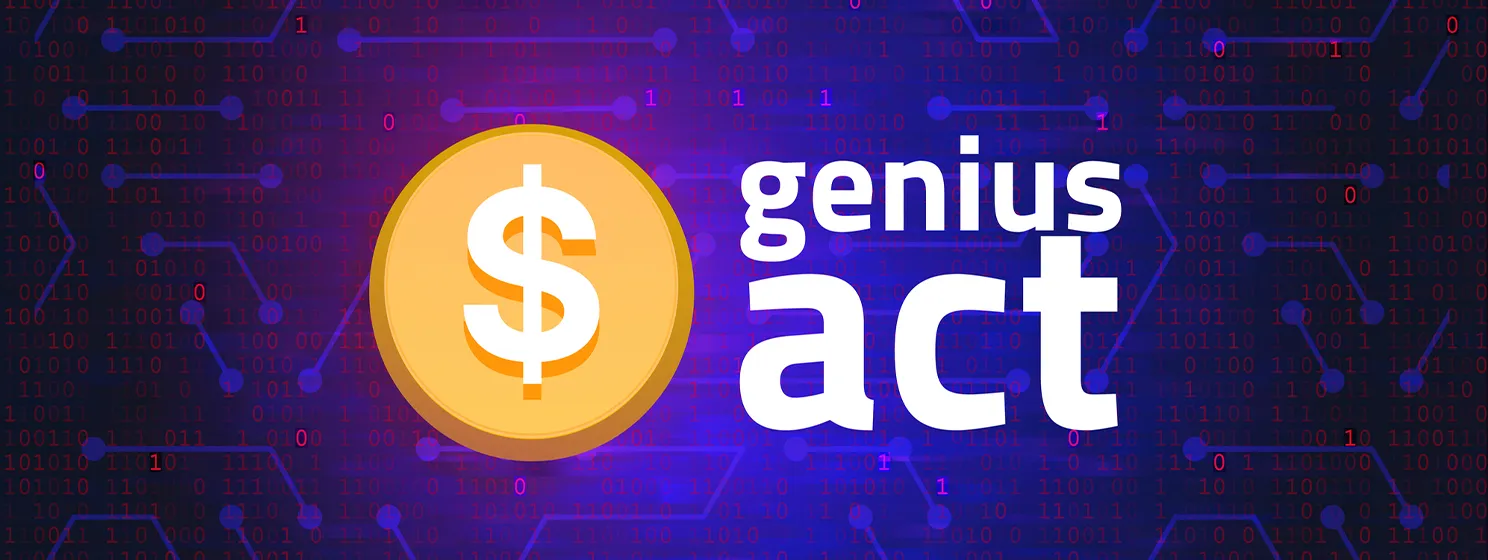|
Getting your Trinity Audio player ready...
|
This post is a guest contribution by George Siosi Samuels, managing director at Faiā. See how Faiā is committed to staying at the forefront of technological advancements here.
A recent Model Evaluation & Threat Research (METR) study found artificial intelligence (AI) coding assistants slowed experienced developers by 19% on familiar codebases, underscoring the cognitive friction of tool-context shifts. Conscious Stack Design™ (CSD) calls for intentional, context-aware integration of AI, reserving assistants for scaffold tasks while preserving flow on legacy work.
In blockchain domains like BSV, the precision demands and security stakes amplify this effect, suggesting teams calibrate AI for documentation and test scaffolding rather than core consensus logic.
What drives the slowdown among veteran developers?
Experienced software engineers build rich mental models of their projects over time. These internal frameworks let them navigate complex code with minimal cognitive overhead. Introducing an AI assistant such as Cursor interrupts that fluency in two main ways:
Context switching and evaluation overhead. Every AI suggestion must be read, interpreted, and validated against the developer’s intent. Even when suggestions are directionally correct, developers spend precious seconds confirming variable names, API contracts, and edge cases. Over dozens of small interactions, these validation steps accumulate, eroding any raw time saved by auto-completion.
Perception versus reality disconnect. In the METR trial, participants believed they worked 24% faster with AI—but objective measures showed a 19% slowdown. This gap arises because AI makes code authoring feel easier—akin to editing a draft rather than writing from scratch—even though each edit requires scrutiny. Seasoned developers’ self-assessment skews toward perceived ease, masking the hidden review costs.
By contrast, less experienced coders often lack deep familiarity and lean on AI for boilerplate or syntax. Their cognitive load falls more steeply, so they register net gains even if they invest similar time in validation.
How does Conscious Stack Design inform AI adoption?
Conscious Stack Design™ emphasizes harmony between tools, workflows, and human cognition. It recognizes that adding a new layer—no matter how powerful—can fragment a mature stack if not introduced with intention. Three CSD tenets guide AI integration:
- Align tools with task context: Not all tasks benefit equally from AI. Use assistants for greenfield development—scaffolding new modules, generating test harnesses, or spinning up documentation templates. For maintenance on established code, default to native IDE features and keyboard-driven workflows.
- Establish clear “AI boundaries”: Define rules such as “AI for initial drafts only” or “Disable AI in production branches.” Embedding these policies into version-control hooks or team guidelines prevents ad hoc toggling that disrupts flow.
- Monitor and iterate on AI resonance: Track lead metrics like code-review time, bug-fix rates, and developer satisfaction. If AI assistance correlates with longer reviews or higher defect density in certain contexts, adjust usage rules. This iterative feedback loop preserves resonance—maximizing benefit while minimizing noise.
In practice, a CSD-aligned team might enable AI suggestions only when creating unit tests or prototyping a novel service, then turn it off when working on critical legacy functions. This selective approach prevents cognitive tax while still capturing AI’s generative power.
What does this mean for blockchain developers on BSV?
Blockchain engineering combines high-stakes correctness, domain-specific protocols, and often tight coupling between smart contracts and consensus rules. For BSV developers, the METR findings carry particular weight:
Security and auditability demands. Smart-contract errors can lead to on-chain losses or protocol vulnerabilities. AI-generated code must undergo rigorous formal verification and peer review. Each AI suggestion introduces an audit checkpoint, compounding time spent on validation and diminishing the allure of instant snippets.
Protocol evolution and unfamiliarity. When BSV protocols evolve, even veteran blockchain engineers face new interfaces. In these scenarios—akin to “greenfield” work—AI can excel at generating boilerplate for transaction parsing or RPC wrappers. Here, novices and experts alike may gain from AI scaffolding, aligning with CSD’s recommendation to use AI in unfamiliar territories.Test and documentation acceleration. Rather than embedding AI in core contract code, blockchain teams can leverage assistants to auto-generate comprehensive test suites, API documentation, or example integrations. These peripheral artifacts accelerate onboarding and reduce manual drudgery, while keeping the critical path free from AI-induced friction.
Ecosystem collaboration. In BSV’s open-source environment, community contributions often come from varied experience levels. AI-driven style guides or linting suggestions can help standardize code quality across contributors. However, project maintainers should gate AI-assisted pull requests behind stricter review rules to safeguard protocol integrity.
By mapping AI use cases to the stages of blockchain development—innovation, deployment, maintenance—teams can apply CSD principles to optimize where AI amplifies productivity and where it introduces undue overhead.
Toward a balanced AI-augmented developer stack
As AI tools mature, their integration into enterprise workflows demands more than flip-of-a-switch adoption. The METR study serves as a cautionary tale: even promising technologies can backfire when they collide with entrenched expertise. Conscious Stack Design™ offers a roadmap:
Audit current workflows
Document where context-switching costs are highest. Are developers spending excessive time reviewing pull requests? Which tasks feel most tedious?
Pilot targeted AI interventions
Roll out AI in narrow, well-defined contexts—new component creation, test writing, API client generation. Measure impact on cycle time and code quality.
Codify AI usage policies
Establish team standards: when to enable AI, how to label AI-generated code, and what review thresholds apply. Embed checks into CI/CD pipelines.
Iterate with feedback loops
Use metrics (e.g., mean time to repair, review durations) and qualitative surveys to refine AI boundaries. Continuously adjust to preserve developer flow.
Educate and enable all skill levels
Offer training on effective prompt crafting and AI-tool configurations. Equip junior engineers to leverage AI safely, while showing seniors how to integrate suggestions without undue scrutiny.
In conclusion, AI coding assistants hold transformative potential—but only when woven into a stack with conscious intent. For enterprise teams and blockchain specialists alike, the road to AI-augmented productivity lies in respecting human cognition, aligning tool use with task context, and iterating based on real-world feedback.
Explore Conscious Stack Design™ frameworks and pilot targeted AI interventions in your next sprint. You might discover that the smartest way to speed up development is knowing when to hit “disable.”
In order for artificial intelligence (AI) to work right within the law and thrive in the face of growing challenges, it needs to integrate an enterprise blockchain system that ensures data input quality and ownership—allowing it to keep data safe while also guaranteeing the immutability of data. Check out CoinGeek’s coverage on this emerging tech to learn more why Enterprise blockchain will be the backbone of AI.
Watch: Demonstrating the potential of blockchain’s fusion with AI

 07-22-2025
07-22-2025 





